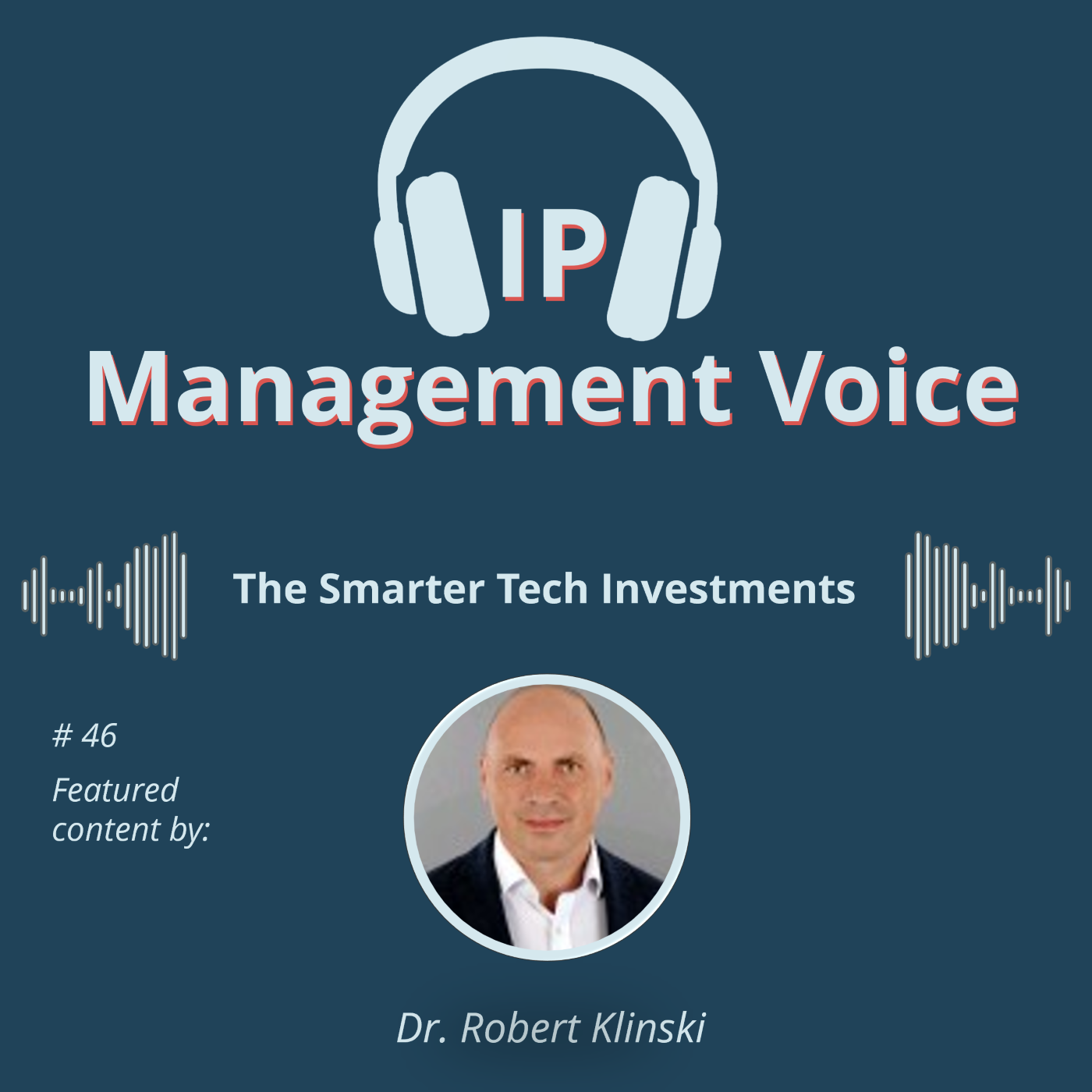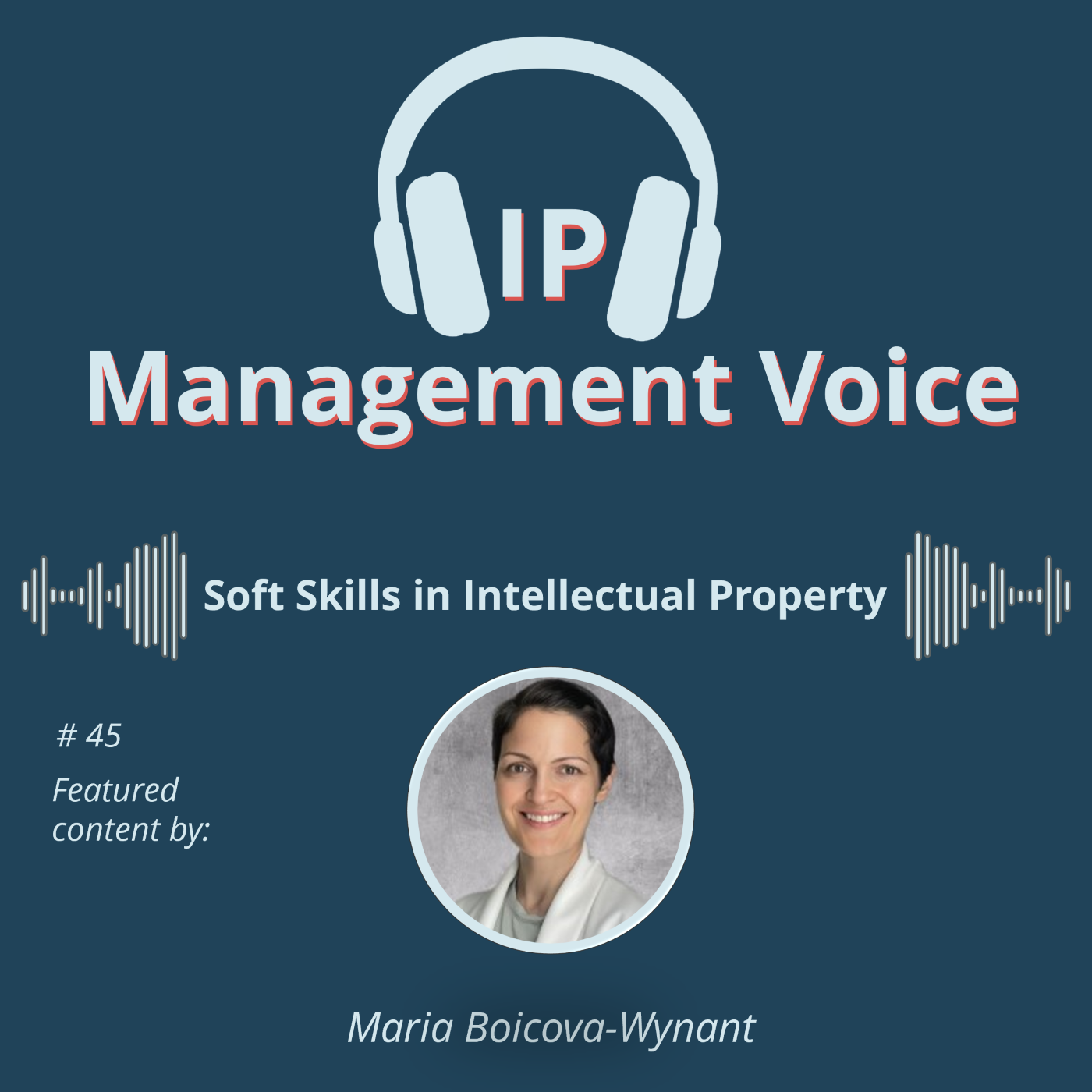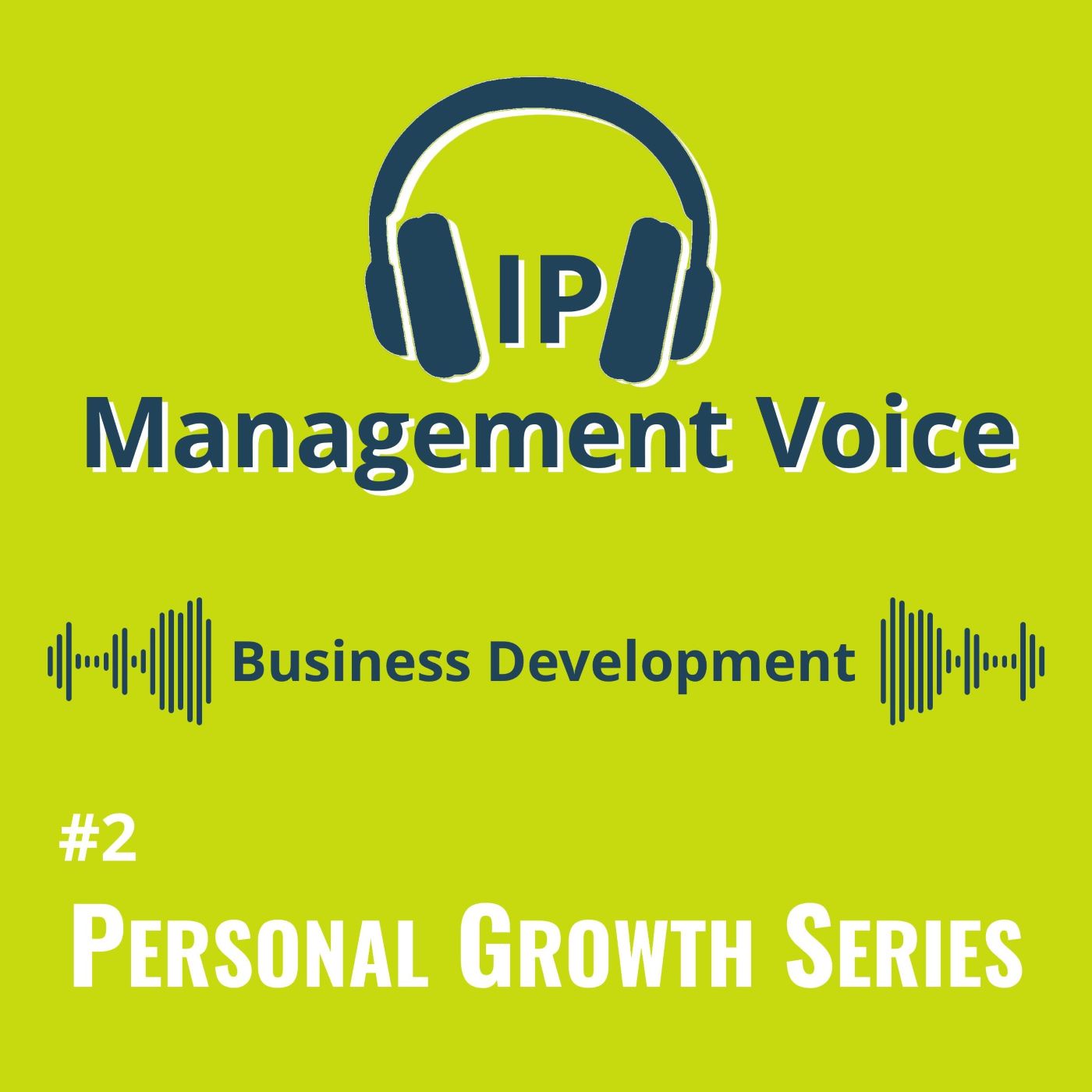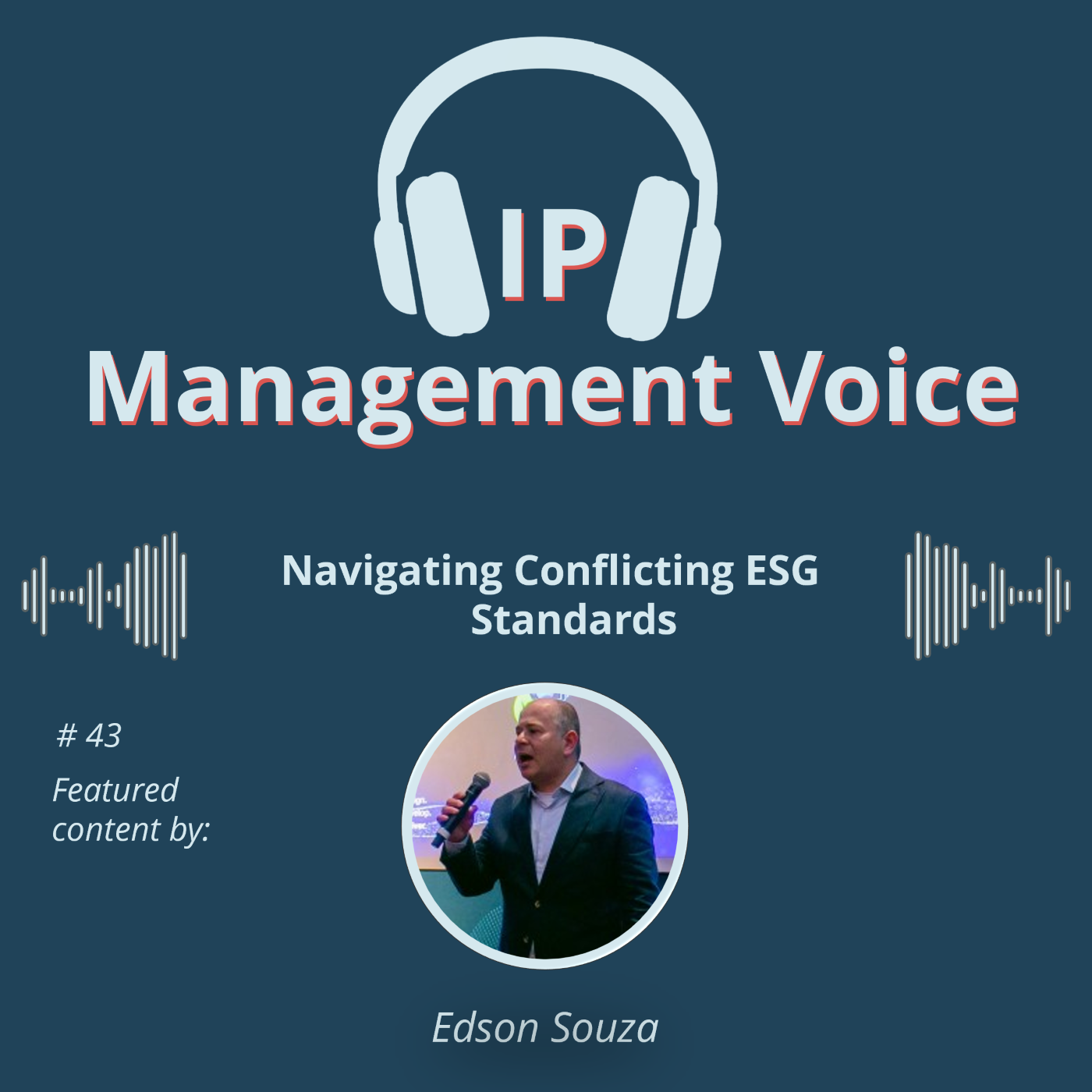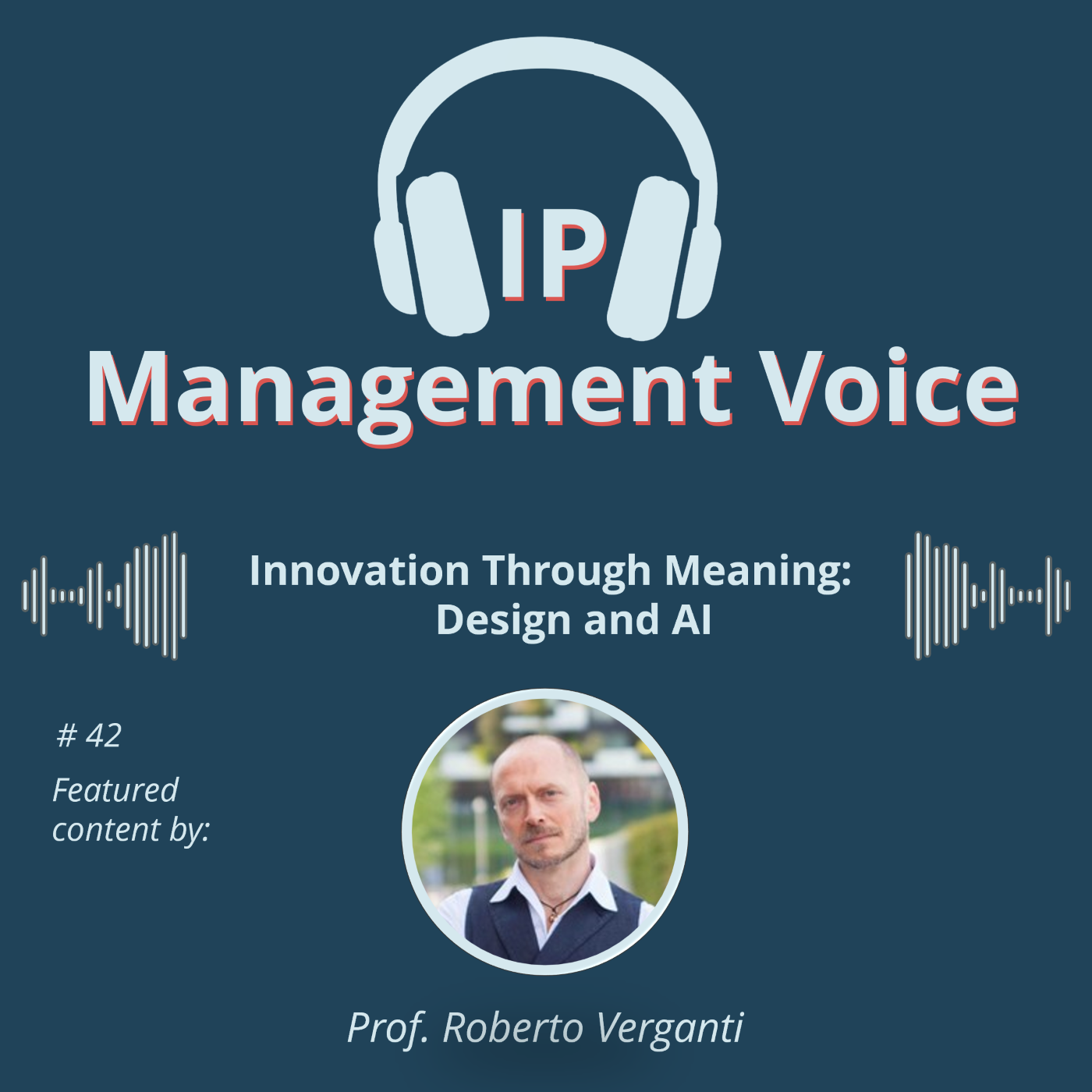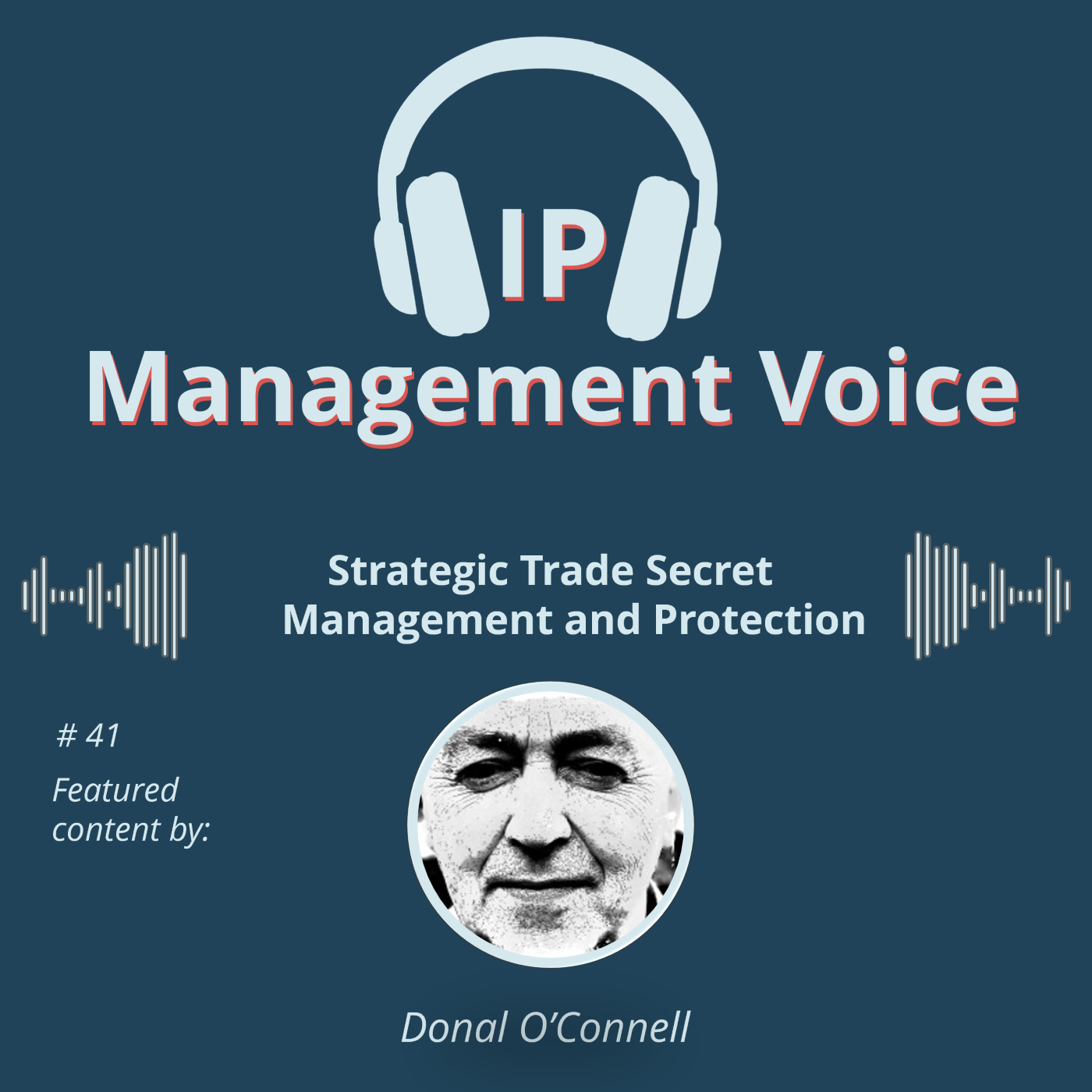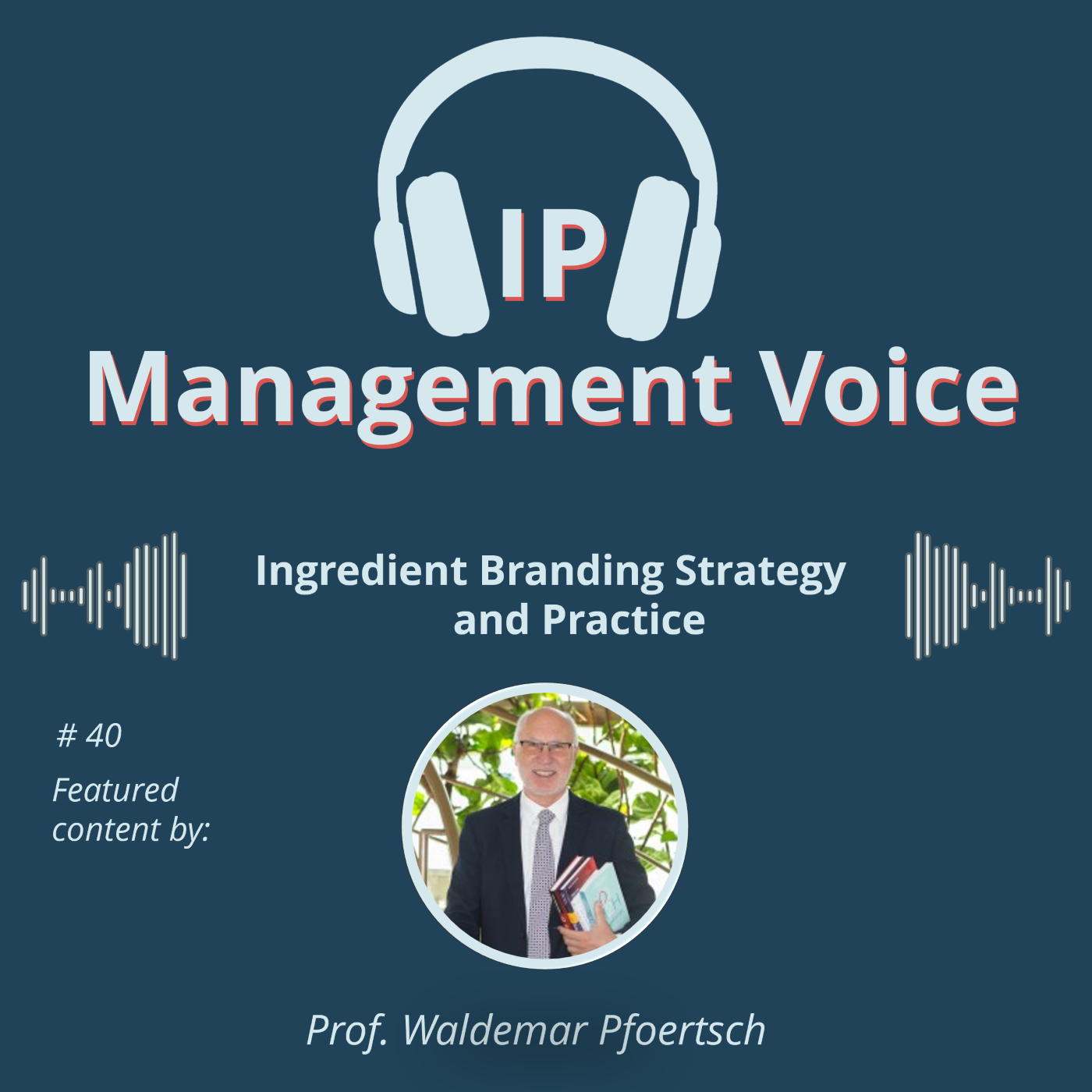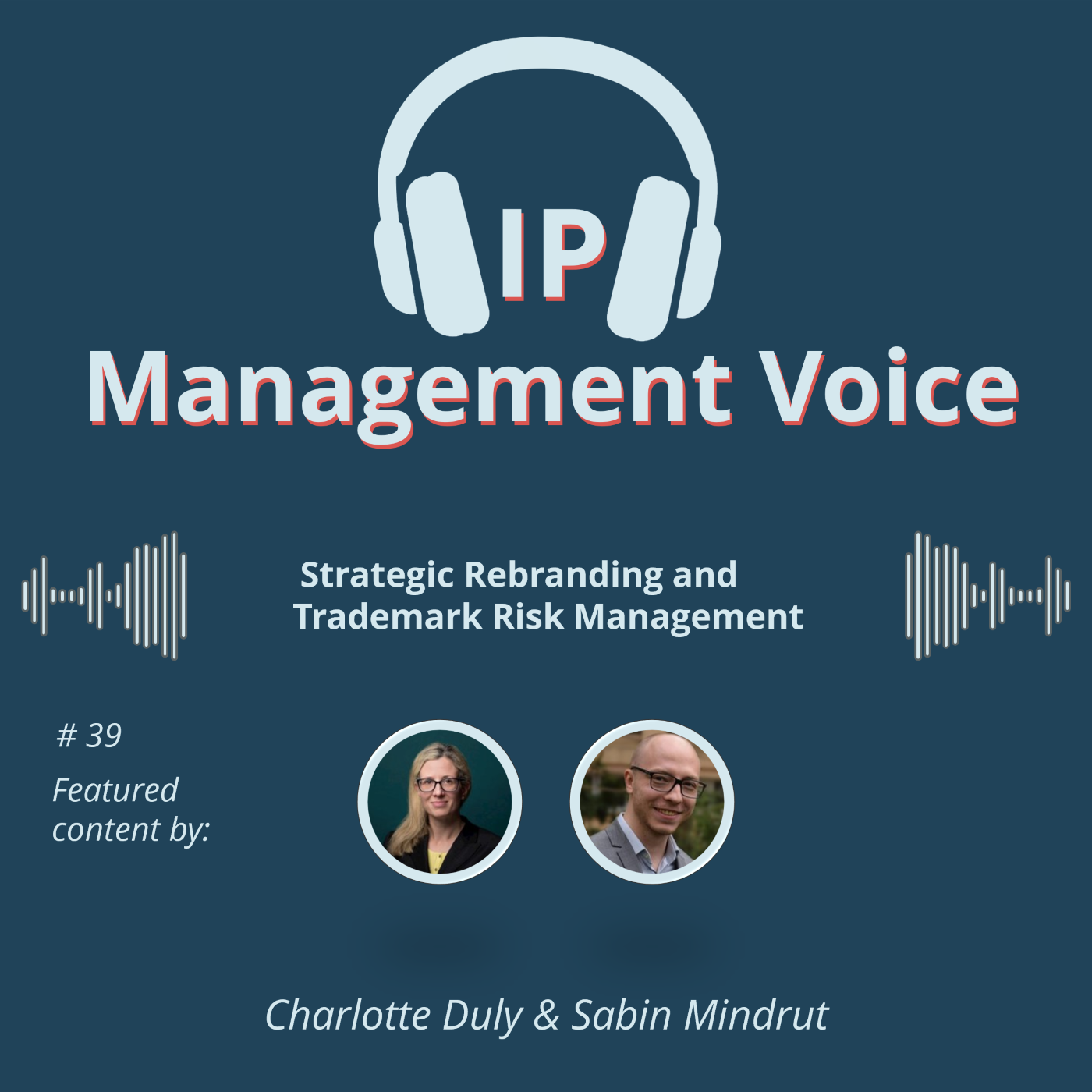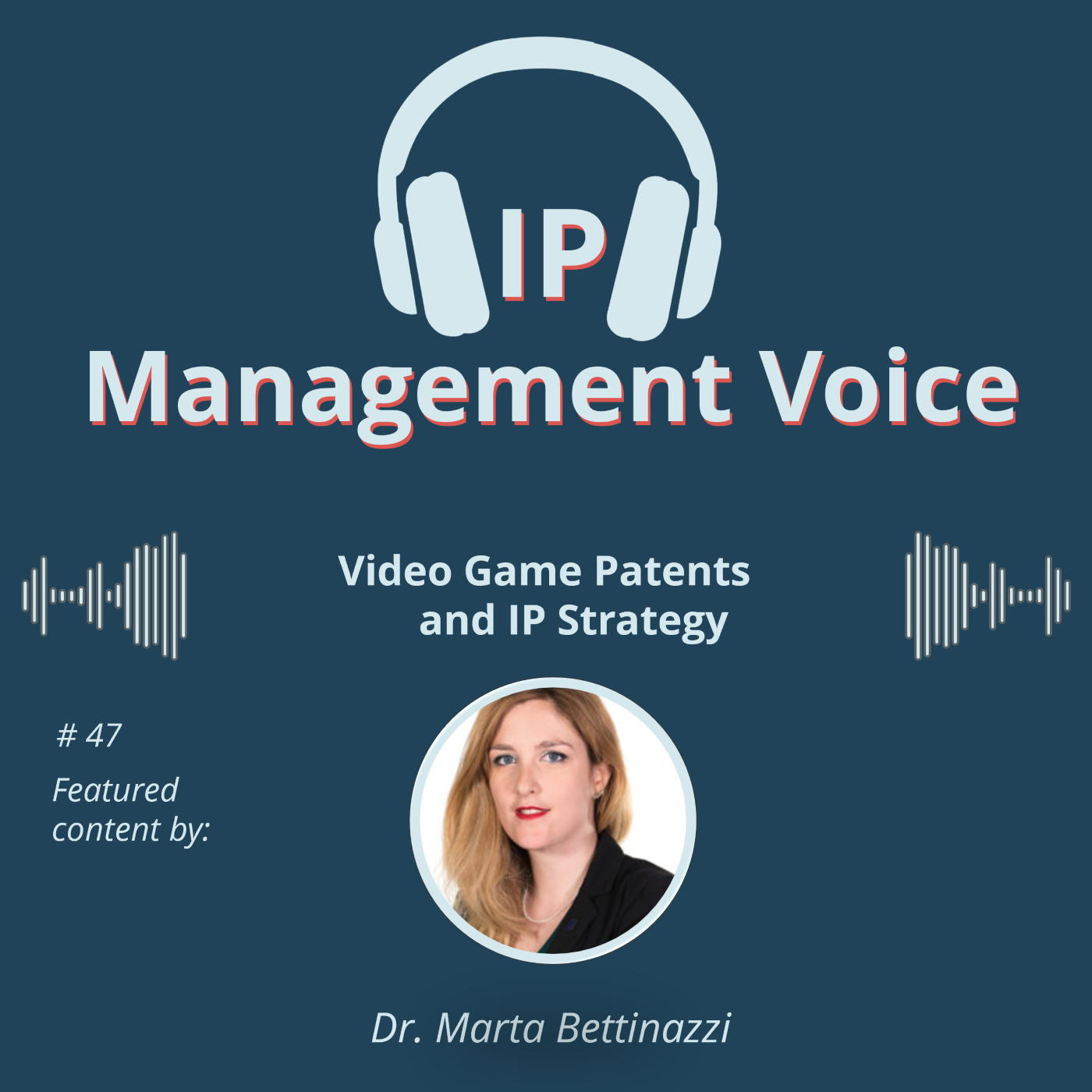
#47 Video Game Patents and IP Strategy
This episode explains what technical innovations in games can be patented and highlights the differences in patent law across various regions like Europe and the USA. It also addresses the strategic reasons why companies might seek patents, despite historical industry reluctance, and touches upon challenges related to user-generated content and moral rights. Ultimately, the episode suggests that understanding and strategically managing IP, including patents, is becoming crucial for those involved in game development.
